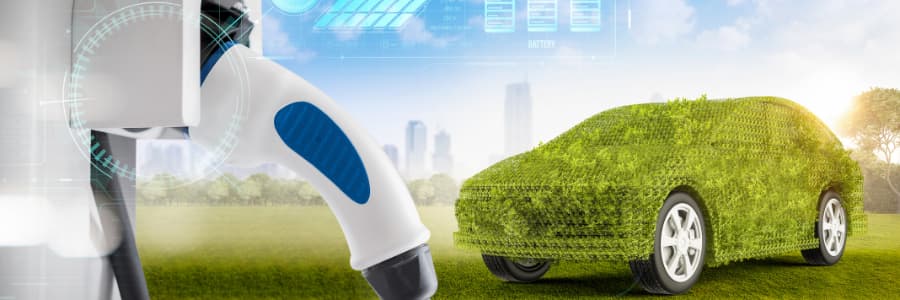California’s Pacific Gas & Electric company already has 500,000 electric vehicles (EVs) in its territory. By 2030, the number is expected to reach three million. The numbers illustrate indicate how EVs’ rise can lead to massive increases in electricity demand. However, their charging flexibility provides energy companies with unique opportunities to improve grid resilience and make optimal use of existing resources.
Much of the reason is down to how EVs and load balancing go hand in hand.

EVs have multiple benefits for the grid. The list includes:
Each of these benefits applies to load balancing scenarios.
Load balancing is part of load management. It focuses on finding ways to “even out” energy use.
If everyone started charging their EVs when coming home while also using energy to cook the evening meal, it would put enormous stress on electricity production and the energy grid.
Energy companies and their customers have strong incentives to avoid such a situation, as it leads to higher energy prices, using fossil fuel backup generations, and potentially expanding the grid’s capacity through expensive construction projects. The associated prices would affect energy companies and customers alike.
Balancing the energy load and need through strategies like delaying EV charging can address the abovementioned issues.

It should be noted that EVs lead to many different types of load balancing opportunities. Some of the most common types include:
In each category, EVs help provide load balancing in different ways, but all support increased grid resilience and better use of available resources.

The effect of EVs and load balancing depends on how many participate in different initiatives. This, in turn, makes it imperative for energy comapneis to find ways to engage EV owners. The good news is that the initiatives are good news for EV owners. EV owners stand to benefit from load balancing in a range of ways, including: